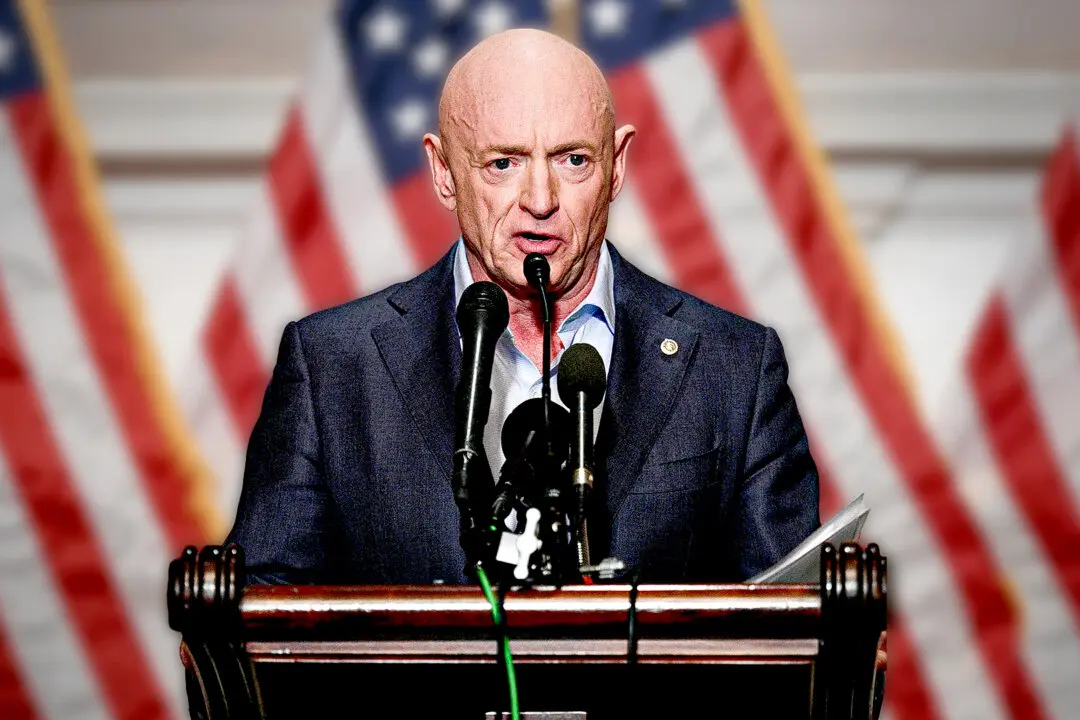As a glacier in Alaska steadily thaws, remains of ancient forests are left uncovered.
The remains have been frozen beneath the Mendenhall Glacier for up to 2,350 years.
As the glacier initially advanced long ago, it snapped off treetops in its path, Cathy Connor, a professor of geology at the University of Alaska Southeast told the Juneau Empire. The stumps were buried and protected in gravel.
Now, as the glacier melts, the melt water reveals the remains of trees, she said.
She’s dated some stumps between 1,400 and 1,200 years old--the oldest she’s tested so far are around 2,350 years old.
“We’re seeing the Mendenhall wax and wane through time a little bit,” Connor said.
Part of the work of Connor and Roman Motyka, a professor emeritus of geophysics, is a paper that includes evidence of advancing ice moer than 5,000 years ago, which corresponds to historical records of the Huna Tlingit, a group that has lived in the Glacier Bay and Icy Strait area for thousands of years.
The glacier was growing and advancing “faster than a running dog,” the Tlingit say in their history.
“It’s kind of cool that you have all these tree and sediment records that record what people have recorded in written and … oral history,” Connor said.
The Mendenhall Glacier reached its peak in the mid-1700s, according to the U.S. Department of Agriculture’s Forest Service. It started retreating soon after, because its annual rate of melt began to exceed its annual total accumulation.
“As Mendenhall Glacier retreats and uncovers bare rock, the wind carries seeds and spores of moss onto barren land,” according to the service. “Alder, willow and cottonwood tree seeds systematically grow in degalciated landscapes. Glacier debris, poor in nutrients, depends on flowering lupine and alder to fix nitrogen in the soil, and all species add organic matter to the soil as they are overtopped and shaded out by other species. Spruce and hemlock ultimately rise to close the forest canopy, eventually creating an old growth forest.”
University of Alaska Southeast researchers peg the annual loss at 572 feet at most, as of some of the latest data (2008). Over the years 2000 – 2008, the glacier retreated by 2,142 feet. Between 1939 and 2001, the glacier retreated more than a mile, according to the U.S. Department of Geological Services.
So far, unlike melting ice in, say, some parts of Russia, there have been no sign of any people or animals that were frozen into place.





